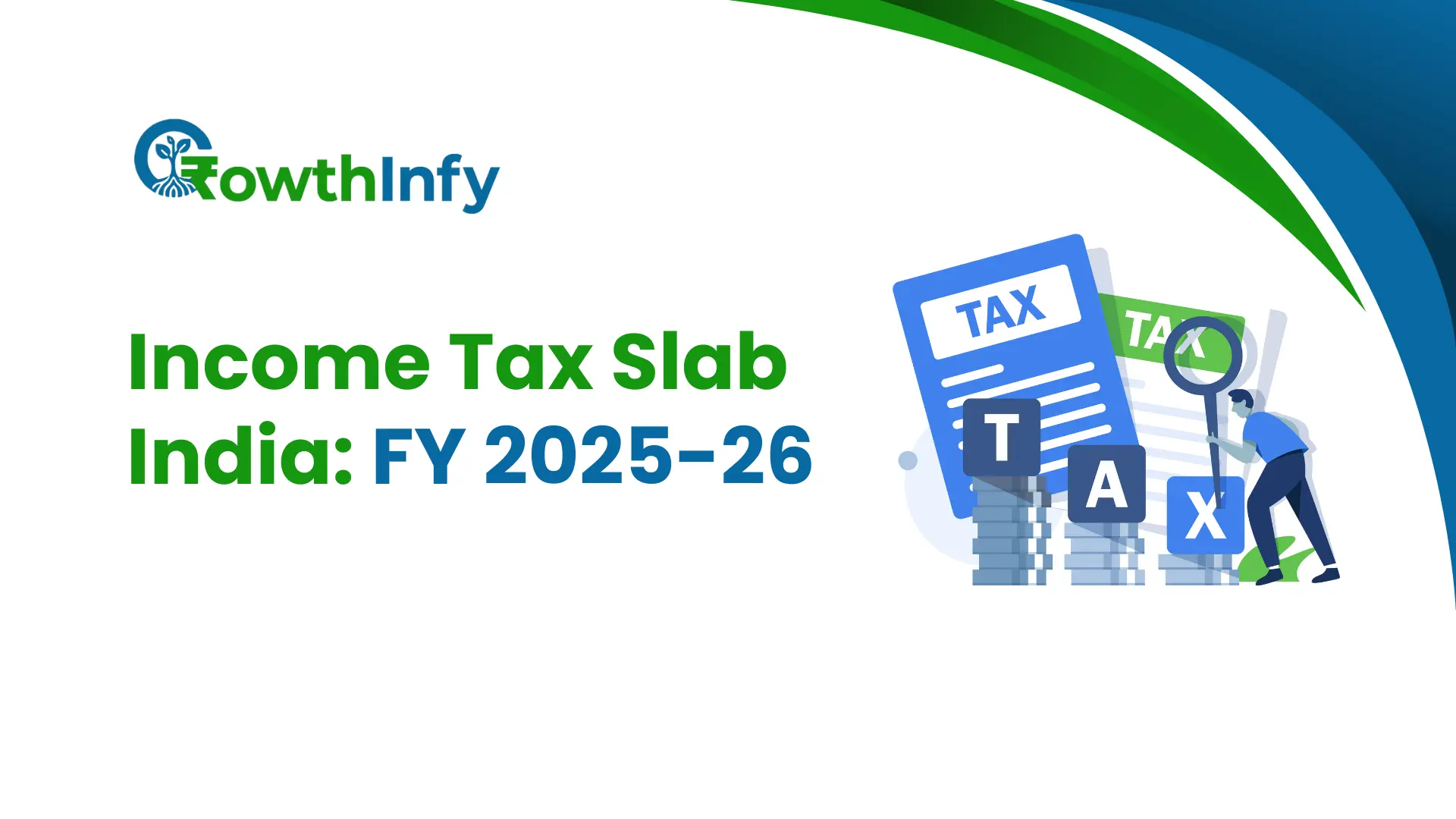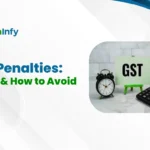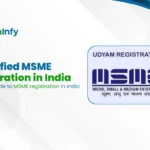Income Tax Slab India: Comprehensive Guide for FY 2025-26 (AY 2026-27)
Understanding the Income Tax Slab is essential for effective tax planning and compliance. The Government of India has introduced notable changes to the Income Tax Slabs for FY 2025-26 (AY 2026-27) to simplify the system and increase taxpayer benefits. This guide provides an in-depth look at the revised tax slabs, compares the old and new regimes, and offers guidance to help you choose the most suitable tax structure.
Understanding Income Tax Slabs
India follows a progressive tax structure where tax rates increase with higher income levels. Taxpayers can choose between:
- Old Tax Regime: Offers multiple exemptions and deductions.
- New Tax Regime (Section 115BAC): Features lower tax rates but limited exemptions.
New Income Tax Slab for FY 2025-26 (AY 2026-27)
The revised slab rates under the new regime are as follows:
| Annual Income (₹) | Tax Rate |
|---|---|
| Up to ₹4,00,000 | Nil |
| ₹4,00,001 – ₹8,00,000 | 5% |
| ₹8,00,001 – ₹12,00,000 | 10% |
| ₹12,00,001 – ₹16,00,000 | 15% |
| ₹16,00,001 – ₹20,00,000 | 20% |
| ₹20,00,001 – ₹24,00,000 | 25% |
| Above ₹24,00,000 | 30% |
These new slabs are designed to reduce the tax burden for middle-income earners and boost disposable income, encouraging economic growth.
Old Income Tax Slab for FY 2025-26 (AY 2026-27)
Slabs under the old tax regime remain unchanged:
| Annual Income (₹) | Tax Rate |
|---|---|
| Up to ₹2,50,000 | Nil |
| ₹2,50,001 – ₹5,00,000 | 5% |
| ₹5,00,001 – ₹10,00,000 | 20% |
| Above ₹10,00,000 | 30% |
The old regime allows various deductions and exemptions, including those under Sections 80C, 80D, and HRA.
Major Changes and Advantages in the New Tax Regime
- Increased Basic Exemption Limit: Raised from ₹3 lakh to ₹4 lakh, offering relief to lower-income groups.
- Revised Tax Slabs: Additional slabs with lower rates reduce the overall tax liability.
- Default Regime: The new regime is the default, though taxpayers can opt for the old regime when filing returns.
Comparative Analysis: Old vs. New Tax Regime
| Criteria | Old Tax Regime | New Tax Regime |
|---|---|---|
| Basic Exemption Limit | ₹2,50,000 | ₹4,00,000 |
| Tax Rates | Higher rates, fewer slabs | Lower rates, more slabs |
| Deductions & Exemptions | Available (e.g., 80C, 80D, HRA) | Mostly not available |
| Simplicity | More complex due to multiple exemptions | Simplified with fewer exemptions |
| Best Suited For | Individuals with significant deductions | Individuals with fewer or no deductions |
Deductions Available Under Each Regime
| Deduction Type | Old Regime | New Regime |
|---|---|---|
| Standard Deduction (Salaried/Pensioners) | ₹75,000 | ₹75,000 |
| Section 80C (LIC, PPF, ELSS) | Up to ₹1.5 lakh | Not allowed |
| Section 80D (Health Insurance) | Allowed | Not allowed |
| Section 80CCD(1B) (NPS) | Allowed | Up to ₹50,000 |
| HRA, LTA, Interest on Home Loan | Allowed | Not allowed |
Selecting Between the Old and New Tax Regimes
Choose the New Regime if: You have minimal investments in tax-saving instruments and prefer a lower tax rate with fewer complexities.
Choose the Old Regime if: You invest heavily in tax-saving options and can significantly reduce taxable income through deductions and exemptions.
It’s advisable to calculate tax liabilities under both regimes or consult a tax expert to determine the most beneficial option.
Conclusion
The revised Income Tax Slabs for FY 2025-26 mark a move towards a simpler and more equitable system. A thorough understanding of the changes and a comparison based on your financial situation will empower you to make smarter tax decisions and improve financial planning.
Stay connected with Growthinfy for the latest tax updates, financial strategies, and expert guidance.
FAQs
1. Can I change tax regimes annually?
2. Is the standard deduction available in the new regime?
3. Can I claim 80C deductions under the new regime?
4. Which regime is better?
5. What is the default tax regime for FY 2025-26?
Find Growthinfy on
Growthinfy is building a vibrant community of aspiring entrepreneurs & freelancers across popular platforms.
Subscribe for Weekly Newsletter
Get curated startup strategies, funding insights, and tools directly to your inbox every week.
- Weekly growth & funding tips
- Tools, templates & guides
- Access to founder community










Wonderful site you have here but I was curious if you knew of any community forums that cover the same topics discussed here?
I’d really like to be a part of online community where I
can get opinions from other knowledgeable people that share
the same interest. If you have any suggestions, please let me know.
Cheers!
thank you so much for your kind words and valuable feedback!
We’re excited to share that building a community forum is definitely in the pipeline. Our aim is to create a space where like-minded individuals can connect, share insights, and grow together in areas like tax, personal finance, and startups.
Stay tuned — we’ll be launching it soon!
Yes! Finally something about signal forex.
Pingback: Income Tax Implications for Freelancers in India - Growthinfy
Pingback: HRA Exemptions: How to Maximize Your Savings - Growthinfy